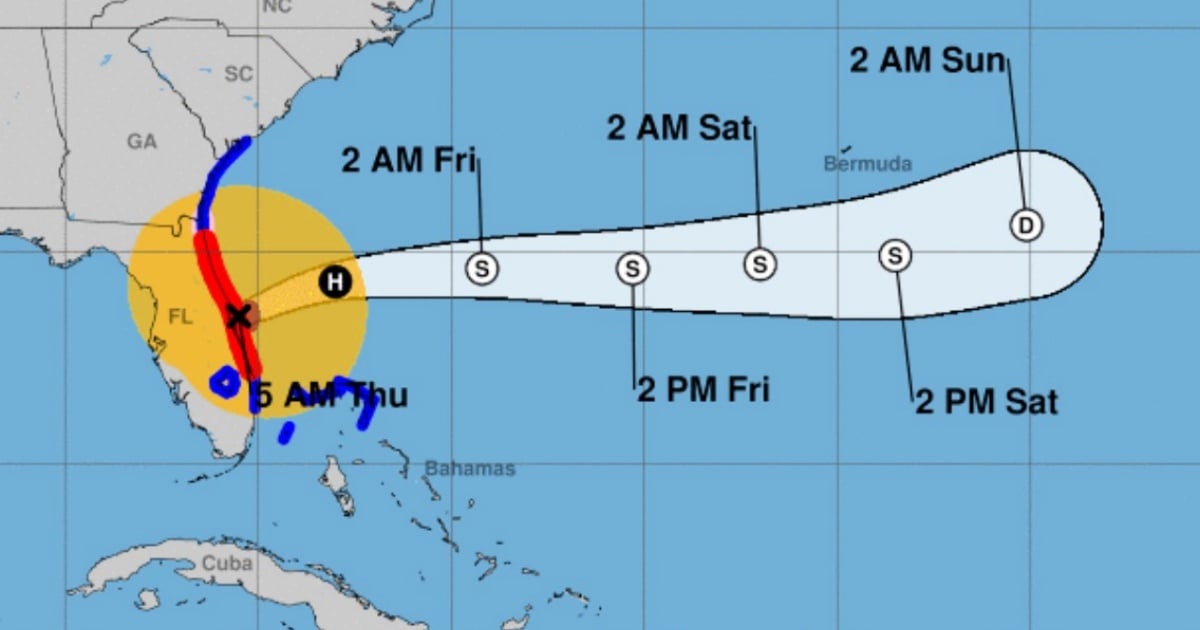
Hurricane Milton, now a Category 1, is currently moving away from the east coast of Florida but continues to bring damaging winds and heavy rainfall to the central and eastern regions of the state.
The eye of Hurricane Milton has already left Florida after crossing it from west to east, although meteorologists have warned that the area will still experience heavy rains and winds associated with the cyclone, although the phenomenon is expected to gradually weaken over the next few hours.
At 5:00 a.m. (local time), it was located just about 10 miles northeast of Cape Canaveral, with maximum winds of 140 km/h (85 mph) and moving northeast at a speed of 30 km/h.
There are cities affected by severe flooding and also by the tornadoes that have ravaged the state.
In addition, more than three million homes and buildings are without electricity, and there have been numerous damages.
Milton is the fifth hurricane to make landfall in the United States this year and the third to hit Florida, which already experienced the impact of Helene a few weeks ago.
In the most recent bulletin from the NHC, hurricane and tropical storm warnings for the west coast of Florida have been lifted, as well as storm surge alerts in several areas. However, significant alerts remain in effect in other regions:
Coastal Flood Warning: West coast of Florida (from Bonita Beach to Longboat Key, including Charlotte Harbor) and from Sebastian Inlet, Florida, to Altamaha Sound, Georgia.
Hurricane warning: East coast of Florida, from the St. Lucie/Martin county boundary to Ponte Vedra Beach.
Tropical storm warning: From the southern line of St. Lucie/Martin County to the border between Palm Beach and Broward, as well as north from Ponte Vedra Beach to Edisto Beach, South Carolina, and the northwestern islands of the Bahamas (Grand Bahama, Abaco, and Bimini).
Cyclonic surge: The rise in sea level could cause dangerous flooding, with peaks of 3 to 5 feet above ground level in the coastal areas of Sebastian Inlet, FL, to Altamaha Sound, GA, and 2 to 4 feet in the St. Johns River and Charlotte Harbor.
Rain: Additional precipitation of between 2 to 4 inches is expected in the east-central and northeastern coast of Florida, leading to risks of flash flooding and urban flooding, as well as river overflow.
Winds: Hurricane conditions remain in effect in the areas under warning in Florida, while tropical storm conditions are affecting the warning zones in Florida, Georgia, South Carolina, and the Bahamas.
Swells: The swells generated by Milton will continue to impact the southeast coast of the United States and the Bahamas, increasing the risk of dangerous rip currents.
Hurricane Milton will move today to the northeast, distancing itself from Florida and heading toward the northern Bahamas. Although a gradual weakening is expected, Milton could become a powerful extratropical low later tonight.
What do you think?
COMMENTFiled under: